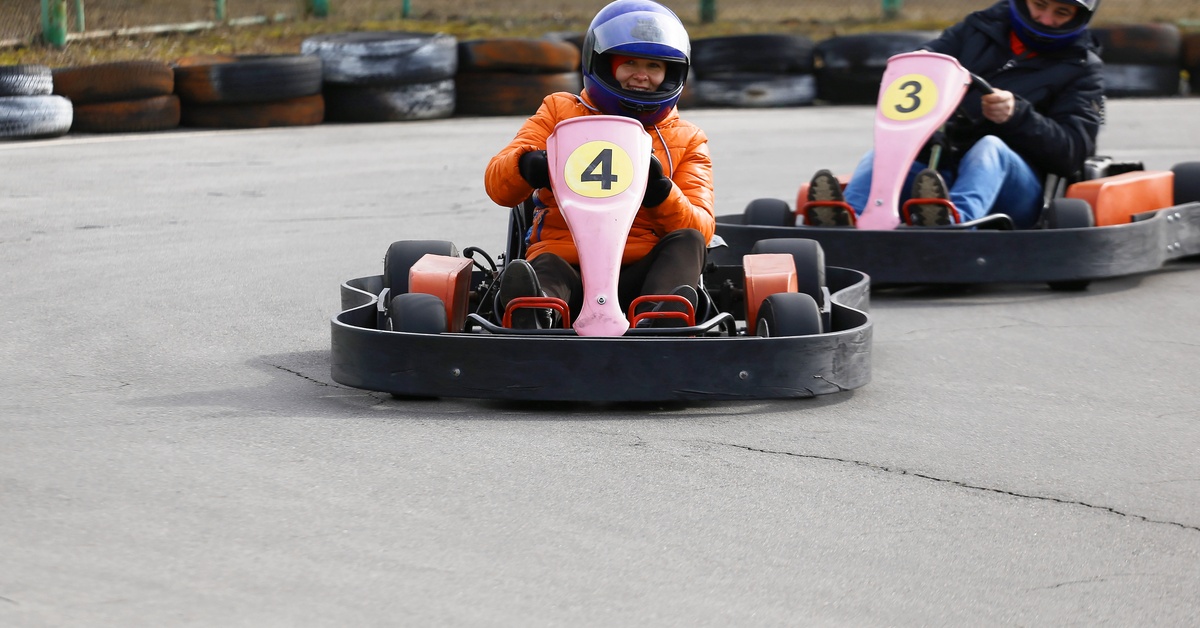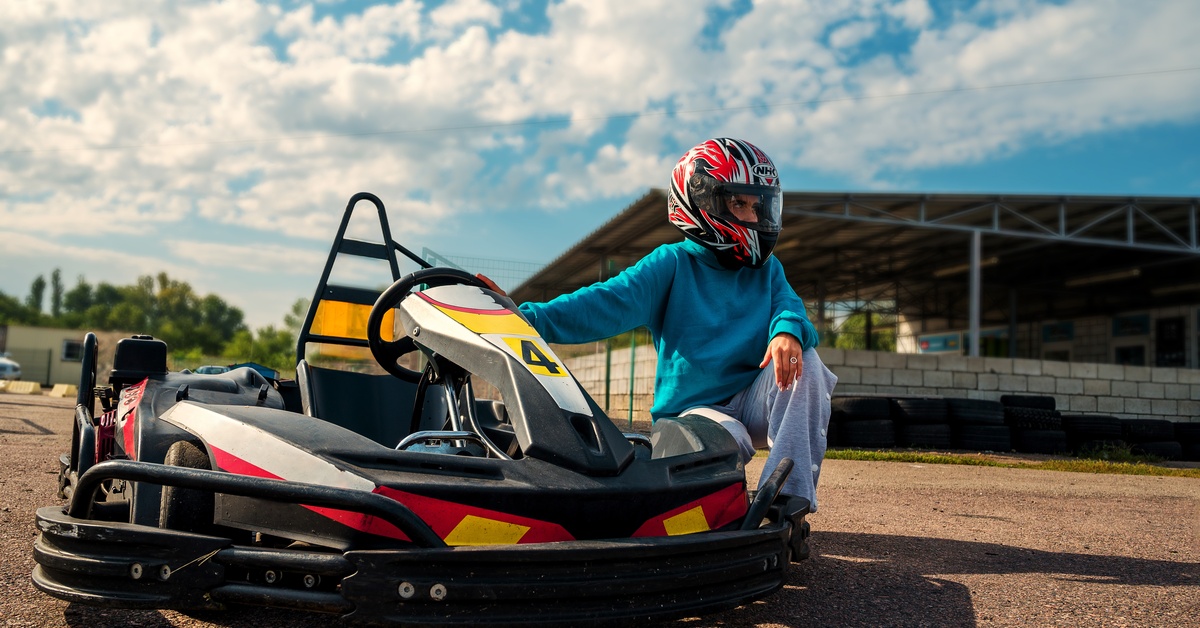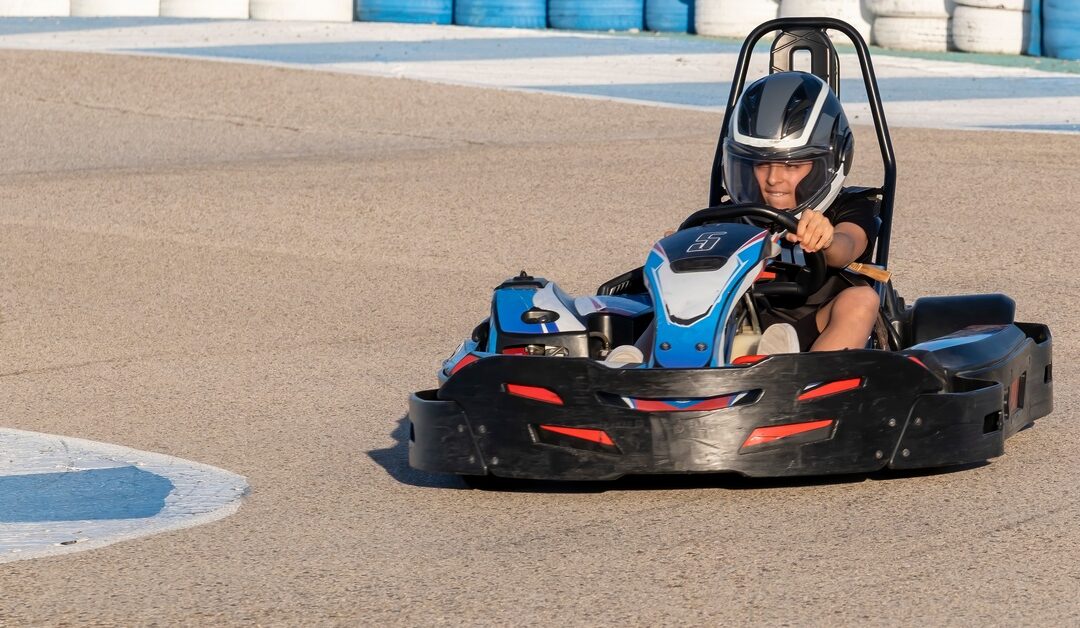Go-karts create excitement and competition in a way few other activities can match. Parents often ask at what age kids can finally get behind the wheel and experience that rush. Rules vary by track, but understanding age guidelines matters before making plans or promises. Beyond age, factors like height, experience, and kart type influence when teens can participate safely.
Understand Age Requirements at Most Tracks
Most go-kart facilities set a strict age minimum of 14 years old to protect all drivers on the course. This age reflects not only basic maturity but also physical coordination and the ability to follow safety rules. Height minimums also exist, though age usually remains the deciding factor.
Some racing parks categorize karts into adult and junior classes, each with its own specifications and limits. Families must confirm age policies before booking parties or group events to avoid surprises. Racing staff rely on verified age information when issuing wristbands or helmets.
Certain states also enforce age-related rules for recreational vehicles, which some tracks must follow. Insurance policies and equipment standards sometimes raise the minimum age as well. Guidelines for how old kids and teens should be to drive go-karts include safety benchmarks that favor more experienced drivers.
Factor in Experience and Comfort Behind the Wheel
Comfort and experience behind the wheel determine whether a teen can handle higher speeds or heavier karts. Even a 14 year old might need practice in low-speed environments before advancing to open racing. Parent-supervised training at home or in simulators helps develop reaction time and judgment.
Some teens start with electric karts before moving on to gas-powered options, which require more control. Tracks offering tiered speed levels provide a safer entry point for first-time racers. Small mistakes at slower speeds allow for correction without dangerous consequences.
Consistent track time builds confidence and improves performance more than rushed participation. Teens who understand how to brake, steer, and avoid risky maneuvers will likely enjoy racing more. Guidelines for how old kids and teens should be to drive go-karts include benchmarks that prioritize both emotional readiness and technical ability.
Respect Kart Types and Engine Power

Racing venues use different types of karts depending on layout, experience level, and intended audience. Some feature high-torque gas engines that demand more strength and reflexes from the driver. Others use electric setups with adjustable speed governors for younger or newer participants.
Horsepower ratings often dictate the minimum age or skill level required. Many tracks cap younger drivers at 20–25 mph until they demonstrate reliable control. Mechanics also evaluate how well racers handle starts, stops, and turns before clearing them for faster sessions.
Kart weight and handling vary dramatically between basic recreational rides and high-performance machines. Inexperienced drivers may struggle with heavy turns or drifting techniques. Responsible staff assign racers to equipment based on ability, not enthusiasm.
Follow Helmet and Safety Equipment Protocols
Helmets must fit snugly and provide full head protection to reduce concussions or impact risks. Tracks provide safety gear and require every driver to wear them, regardless of age. Full-face helmets, neck braces, and padded suits reduce injury risk from collisions or spins.
Instructors perform visual inspections and help kids secure their gear properly. Staff typically review rules for signaling, passing, and yielding before drivers take the wheel. Families should arrive early to allow time for safety briefings and adjustments.
Hair ties, closed shoes, and form-fitting clothes also affect performance and safety. Kids with long hair must secure it to prevent it from getting tangled on the go-kart while driving. Parents play an important role in double-checking all equipment before each run.
Pay Attention to Group Size and Track Conditions
Larger groups increase the risk of pileups, especially when drivers vary in skill or confidence. Teens racing with older adults may feel pressured and make unsafe choices. Booking private sessions or smaller heats prevents unnecessary competition or distraction.
Track layout also affects the difficulty. Curvy, narrow, or multi-tiered tracks demand more precision than wide open ovals. Staff can recommend the best course for less experienced drivers based on their confidence and ability.
Weather affects kart traction, braking, and overall safety. Wet surfaces require more conservative speeds and smoother inputs. Parents should reschedule sessions if the forecast suggests unsafe racing conditions.
Some parks offer small group clinics that blend peer interaction with professional coaching. Watching how others navigate turns or recover from mistakes helps sharpen each teen’s technique. Group programs also encourage collaboration and focus without sacrificing personalized instruction.
Ask About Coaching or Supervised Sessions

Many racing parks offer instructional programs for teens ready to move beyond basic go-karting. Certified instructors guide young racers through the fundamentals and monitor improvement over time. These programs prepare drivers for competitive leagues or hobby racing.
Private lessons allow teens to ask questions and correct mistakes without peer pressure. One-on-one time also helps instructors adapt their approach to each driver. Racing parks often use digital lap tracking to show progress and adjust strategies.
At Speed Sportz Racing Park, we provide go-kart racing in Houston that families trust for fast, fun, and well-supervised experiences. Our programs support both beginners and seasoned young drivers who want more from each lap. Families who invest in training build more confidence behind the wheel and enjoy a safer, more rewarding time on the track.
Keep Fun at the Center of Every Race
Go-karting must stay fun, even when safety and skill come into play. Teens who enjoy the process often come back for more—and bring their friends along. When families celebrate personal bests and improvements, everyone shares in the excitement.
Success means something different for every kid, whether it’s completing laps without spinning or passing a friend cleanly. The right environment builds pride without pressure. Laughter and teamwork create better memories than wins alone.
Even when teens aspire to race competitively, the foundation should always focus on joy. Tracks that emphasize fun create habits and stories that last longer than any medal. Prioritizing fun keeps spirits high and heads cool—even during tight races.
Choosing the right time for kids to start go-karting depends on age, maturity, and track standards. With proper supervision, good habits, and clear expectations, racing can be a lifelong hobby. Book your next outing with Speed Sportz Racing Park for an experience your teen won’t forget.


